MONDAY JUNE 1: MAD SCIENTIST DAY: Be prepared to do a cool science experiment! We will be making OOBLECK!! For this experiment you will need the following ingredients: mixing bowl, mixing spoon, water, cornstarch, measuring cups, and a shirt you don't mind getting messy! Get ready to become a scientist and discover what happens when water and cornstarch are combined!
TUESDAY JUNE2: BEACH DAY WITH A SPECIAL SNACK: Come to the meeting wearing your best beach attire, beach towel and sunglasses along with a favorite snack! Sit back and relax on "the beach" while we have our snacks and listen to some stories.
WEDNESDAY JUNE 3: SPORTS AND GAMES WITH A DANCE PARTY! Let's have some fun listening and dancing to our favorite songs from the school year and playing some games. Have some rolled up socks and an empty box or laundry basket with you. Let's see who can score some baskets!
THURDAY JUNE 4; 'WE DID IT' TALENT SHOW! COME CELEBRATE YOUR AWESOMENESS COMPLETING 'VIRTUAL SCHOOL' WITH A TALENT SHOW! Do you have a special song you'd like to sing, a picture you've drawn that you want to show us, or an amazing dance? Be ready to amaze us with your talent!
TUESDAY JUNE2: BEACH DAY WITH A SPECIAL SNACK: Come to the meeting wearing your best beach attire, beach towel and sunglasses along with a favorite snack! Sit back and relax on "the beach" while we have our snacks and listen to some stories.
WEDNESDAY JUNE 3: SPORTS AND GAMES WITH A DANCE PARTY! Let's have some fun listening and dancing to our favorite songs from the school year and playing some games. Have some rolled up socks and an empty box or laundry basket with you. Let's see who can score some baskets!
THURDAY JUNE 4; 'WE DID IT' TALENT SHOW! COME CELEBRATE YOUR AWESOMENESS COMPLETING 'VIRTUAL SCHOOL' WITH A TALENT SHOW! Do you have a special song you'd like to sing, a picture you've drawn that you want to show us, or an amazing dance? Be ready to amaze us with your talent!
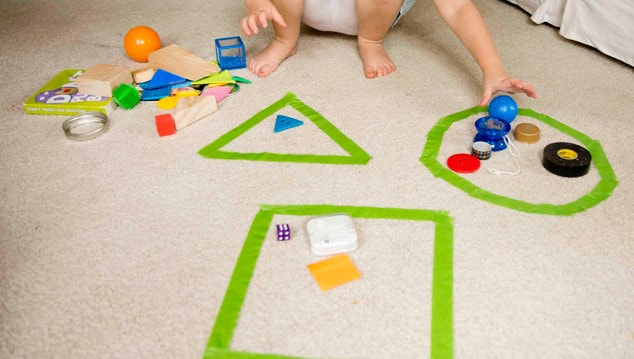
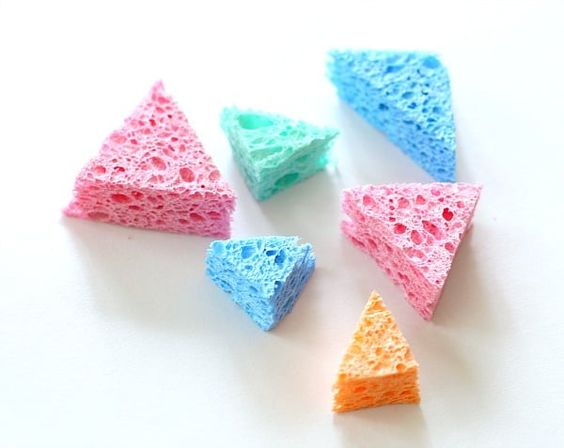

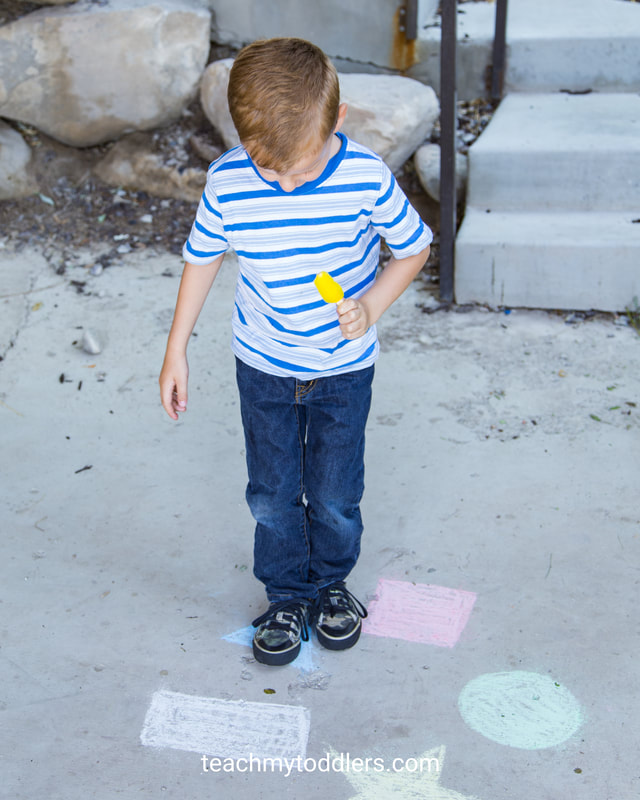
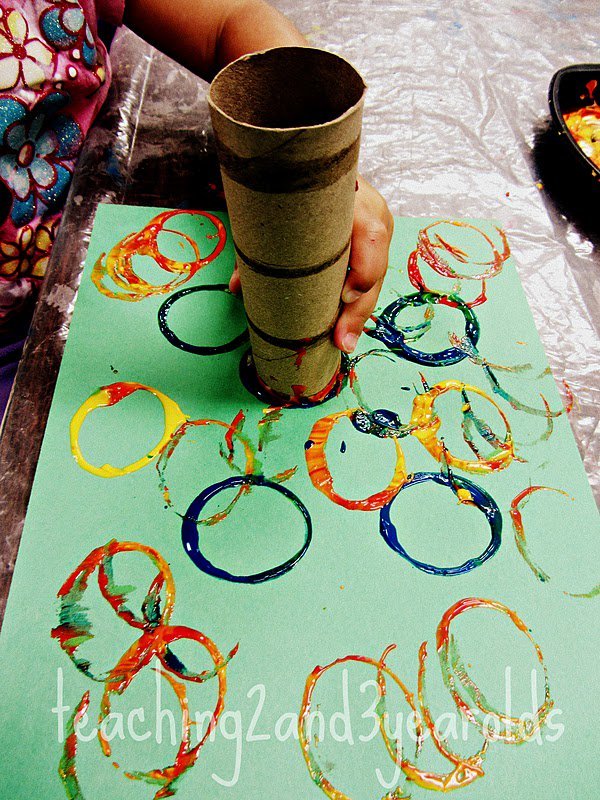

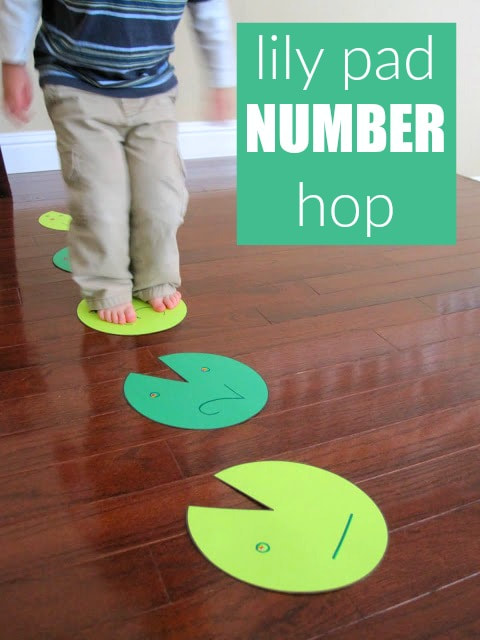


 RSS Feed
RSS Feed
